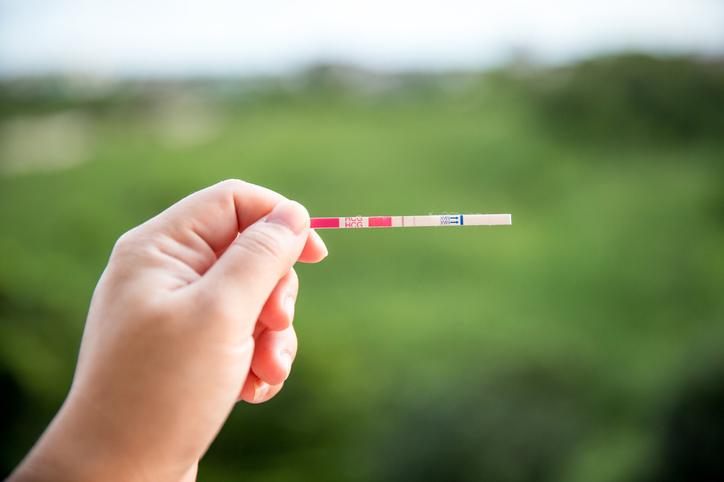Is Intrauterine Insemination (IUI) Painful?

Intrauterine insemination is a simple and generally painless procedure that can help women increase their chances of becoming pregnant. Intrauterine insemination (IUI) is a common form of assisted reproductive technology (ART) that improves the chances of fertilization. A quick and low-tech procedure, IUI is also sometimes referred to as donor insemination, alternative insemination, or artificial insemination. A doctor may recommend IUI if traditional methods have not worked for opposite-sex partners, but the procedure is also an option for single women or same-sex couples. IUI tends to be less expensive and invasive than solutions like IVF, and therefore tends to be an early option in fertility treatment. While pregnancy rates are actually higher with IVF, especially for patients closer to age 40, an IUI procedure still offers success rates as high as 20% per cycle, depending on the age and fertility of the patient. IUI can be an appropriate choice for many patients, and may be used for several cycles.
How Intrauterine Insemination Works
The IUI procedure is always scheduled to occur at the time of ovulation. Some patients may be on medication that stimulates ovulation, while others may be following their natural cycle. Either way, careful tracking ensures optimal timing for the procedure. IUI requires a semen sample, either collected at home or in the clinic. This sample is ‘washed’ by the lab, separating the semen from the seminal fluid to concentrate the healthy sperm within the specimen. The specimen is then placed in a syringe. During the procedure, the doctor will clean the cervix and vagina with a mild solution, then insert a thin, flexible tube through the cervix into the uterus. The syringe pushes the sperm through the tube and into the uterus. Because the healthy sperm is directed closer to the egg, the chances of a resulting pregnancy may be higher. Following the procedure, the cervix should protect against the sperm leaking from the uterus.
Is the IUI Procedure Painful?
IUI should not be painful, and most women don’t experience much discomfort. The procedure takes about five to 10 minutes at the clinic, and does not require anesthesia or painkillers. That being said, it’s not unusual to experience cramping or slight bleeding during or after the procedure. In fact, ovulation itself can cause some cramping, especially if the patient is taking ovulation medication. During the procedure, women may experience a slight pinching sensation, similar to a Pap smear. Cramping may occur as the catheter is passed through the cervix, but will typically go away soon after the catheter is removed. Slight bleeding may occur if the tube scrapes the cervix, but this is not a cause for concern. Patients may also experience cramping after the process if the uterus is mildly irritated. Taking Tylenol and lying down for a few hours should alleviate this discomfort. Cramping should not be severe, but every woman’s body is different. Patients should be sure to inform their doctor right away if the feeling becomes painful.
When Is Intrauterine Insemination Recommended?
IUI is typically used if the male partner has a low sperm count or inadequate sperm mobility. It can also be a suitable treatment in cases of unexplained infertility, or for a known cervical condition like cervical mucus or cervical scar tissue from past procedures. However, a doctor will not recommend IUI for women with fallopian tube disease or endometriosis, or those who have a history of pelvic infections. If you’ve been trying to get pregnant naturally for about a year, but haven’t had success, it may be time to consider fertility treatments. You may be dealing with undiagnosed fertility issues like a hormone imbalance or uterine abnormalities. Give New York Reproductive Wellness a call today to talk to a doctor about a fertility evaluation.







